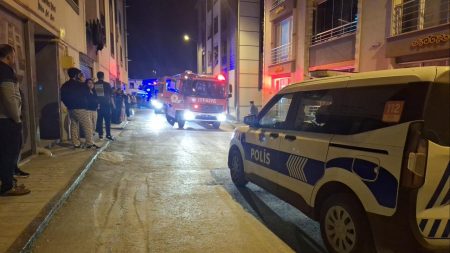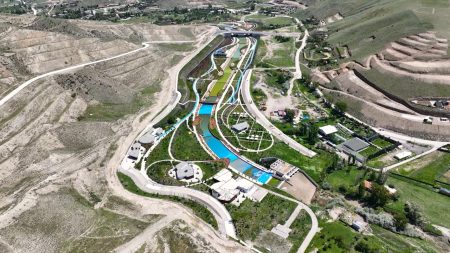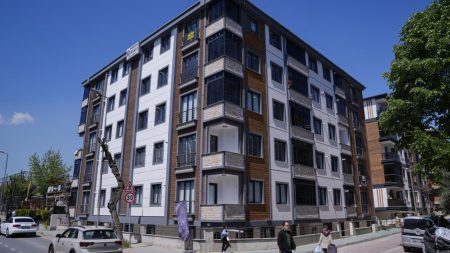H.O, who lives in the city, complained about dentist B.S.G, claiming that he was given the wrong treatment at a private clinic where he went to receive treatment. As a result, an investigation was launched against B.S.G for “causing injury to a person by negligence”.
Following the investigation conducted by the Bayburt Prosecutor’s Office, the file was sent to the Reconciliation Office as the crime fell within the scope of reconciliation. In discussions with the mediator, the parties expressed their willingness to reconcile through actions.
As a result, H.O requested that B.S.G donate 150 trees to the TEMA Foundation as part of the reconciliation agreement. B.S.G accepted the offer and made the necessary donation to the foundation’s account to avoid punishment.
Through this reconciliation process, both parties were able to resolve the issue amicably without any legal proceedings. The case serves as an example of how mediation and reconciliation can be effective in resolving disputes outside of the courtroom.
The incident highlights the importance of proper medical treatment and the consequences of negligence in the healthcare sector. It also showcases the role of reconciliation and mediation in resolving conflicts and reaching a mutual agreement between parties involved.
Both H.O and B.S.G were able to come to a resolution through dialogue and agreement, demonstrating the effectiveness of the reconciliation process in addressing disputes and finding common ground.
In conclusion, the case of H.O and B.S.G shows the power of communication and dialogue in resolving conflicts. By choosing to reconcile and reach an agreement through actions, both parties were able to move forward from the incident without resorting to legal action. The successful resolution of the case highlights the benefits of mediation and reconciliation in conflict resolution.















